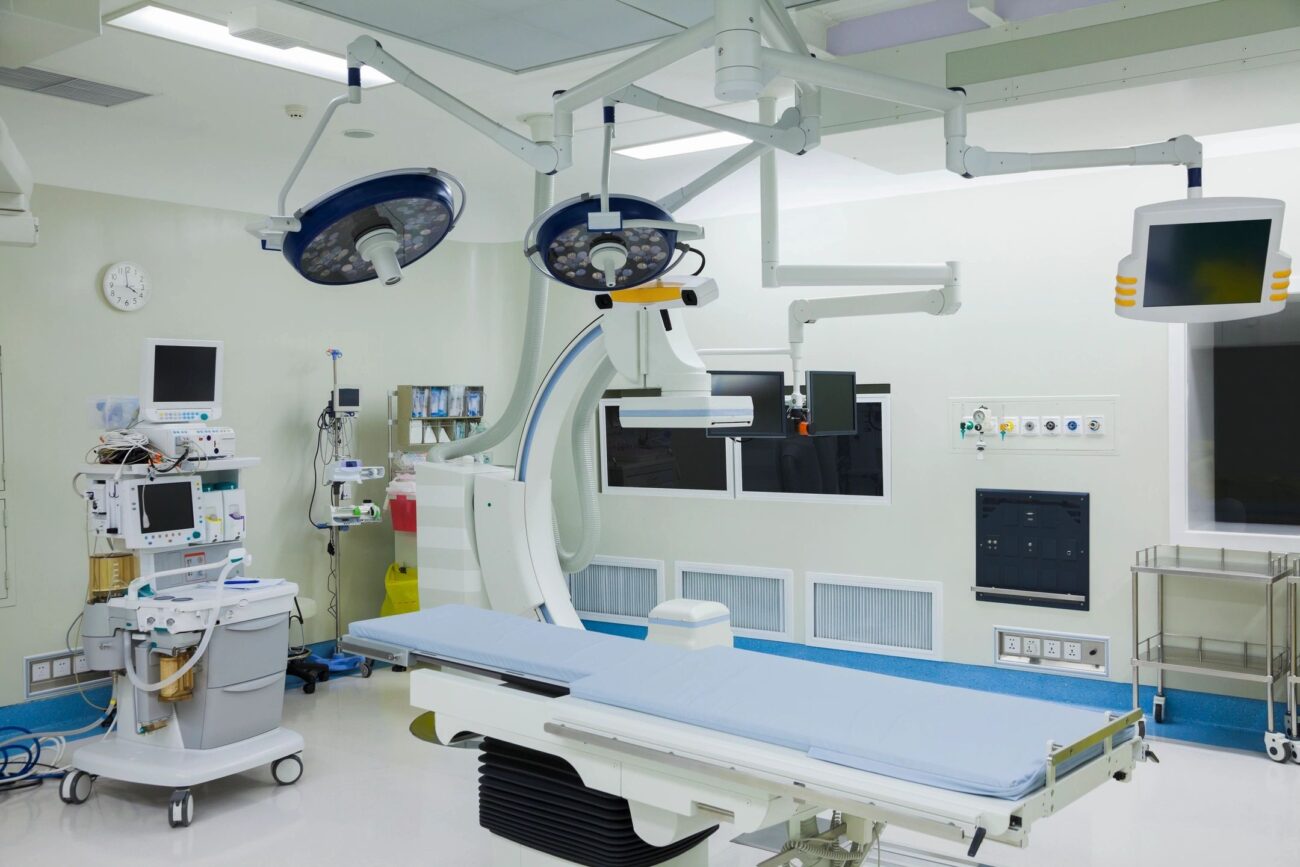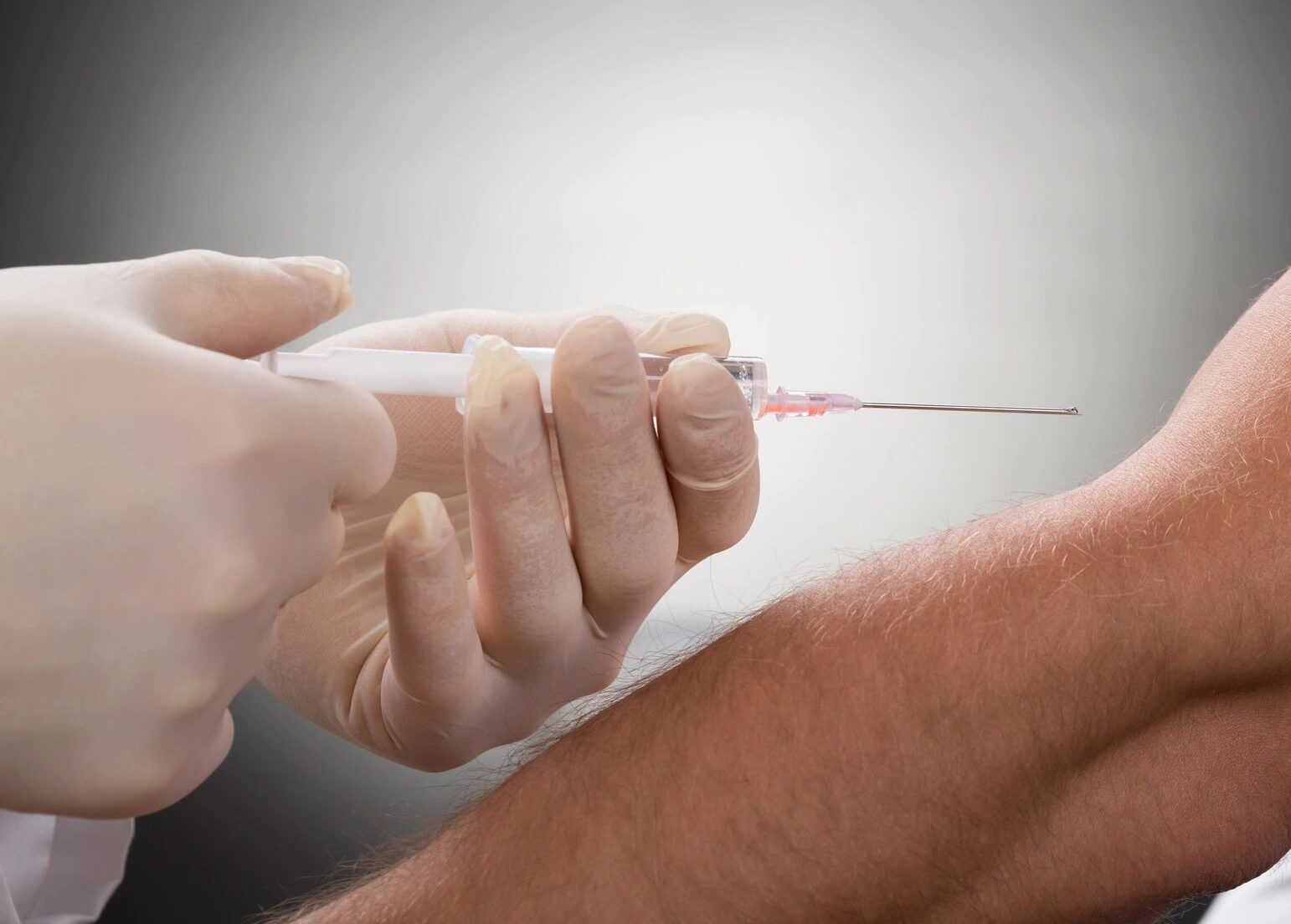Medical Equipment Malpractice Negligence Part II
In addition to medical equipment malpractice negligence that occurs involving the mechanical and structural aspects of development and function is that caused by human error. Doctors, specialists, technicians, maintenance workers, and even cleaning crew individuals may be liable in cases of medical equipment malpractice. Potential scenarios include improper machine use, lack of maintenance, deficient technician training, and misinterpretation of results. Patient identity errors and errors regarding test types can also lead to misuse of medical equipment, as can entering improper settings on machines that dispense intravenous medication, regulate breathing, or perform other pertinent medically related functions. Such errors can result in...
Continue reading











